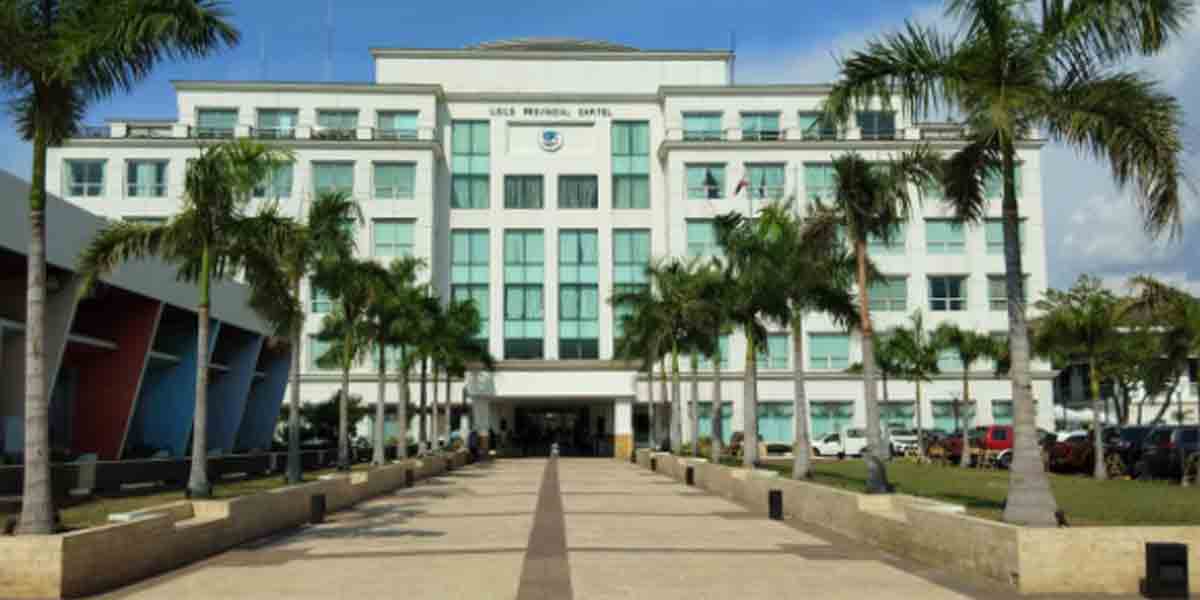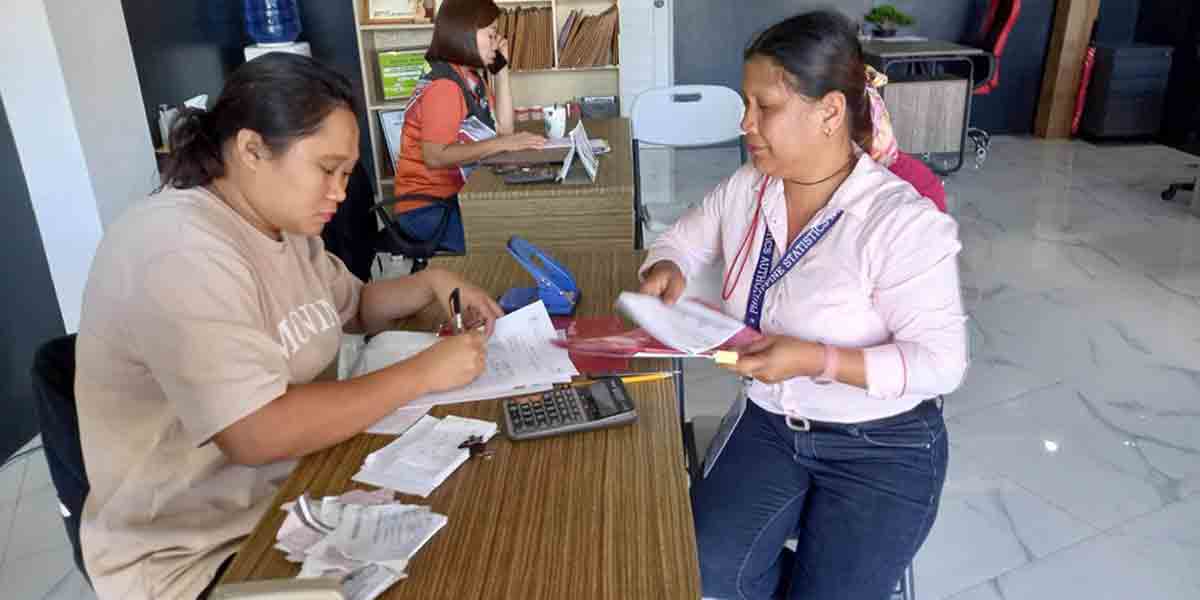The country’s gross international reserves (GIR) level, based on preliminary data, settled at US$107.67 billion as of end-November 2021 from the end-October 2021 GIR level of US$107.89 billion. The latest GIR level represents a more than adequate external liquidity buffer equivalent to 10.2 months’ worth of imports of goods and payments of services and primary income.[1] Moreover, it is also about 8.7 times the country’s short-term external debt based on original maturity and 5.7 times based on residual maturity.[2], [3]
The month-on-month decrease in the GIR level reflected mainly the National Government’s (NG) foreign currency withdrawals from its deposits with the BSP as the NG settled its foreign currency debt obligations and paid for various expenditures as well as the downward adjustment in the value of the BSP’s gold holdings due to the decrease in the price of gold in the international market.
Similarly, the net international reserves (NIR), which refers to the difference between the BSP’s GIR and total short-term liabilities, decreased by US$0.22 billion to US$107.65 billion as of end-November 2021 from the end-October 2021 level of US$107.87 billion.
[1] By convention, GIR is viewed to be adequate if it can finance at least three-months’ worth of the country’s imports of goods and payments of services and primary income.
[2] Short-term debt based on residual maturity refers to outstanding external debt with original maturity of one year or less, plus principal payments on medium- and long-term loans of the public and private sectors falling due within the next12 months.
[3] The level of GIR, as of a particular period, is considered adequate, if it provides at least 100 percent cover for the payment of the country’s foreign liabilities, public and private, falling due within the immediate twelve-month period.




















